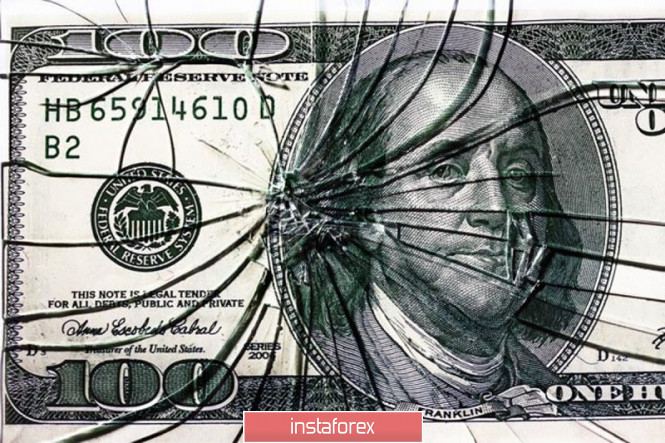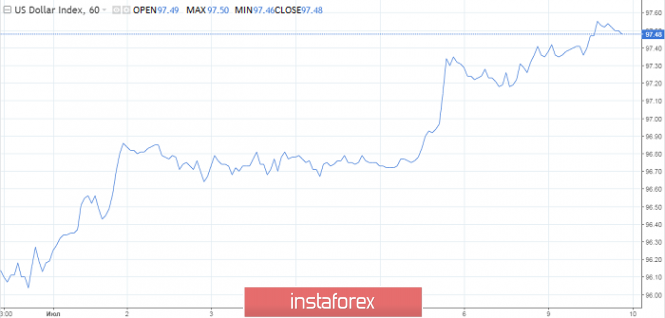
Donald Trump constantly criticizes the Fed policy and strong dollar, in response to this, the US currency only increases in price, and the regulator demonstrates independence. It seems that the owner of the White House still managed to reach the dollar, the rate slipped from recent highs reached due to positive labor market data on Friday. Many analysts are now predicting a "smooth" but steady decline for the greenback.
The WSJ dollar index, which measures the US currency against a basket of 16 competitors, retreated from highs by 1.1%. The dollar slowed down against six currencies. According to the CFTC and Scotiabank, net longs on the greenback fell to a year low.

The dollar's fall may accelerate if in the coming months the Fed will ease monetary policy. Trimming the cost of lending in the United States, as a rule, reduces the attractiveness of the dollar in the eyes of investors who hunt for high returns. Strong employment figures gave some hope to the market. Traders are waiting for a less aggressive rate cut this year. To make sure of the desired, investors will pay special attention to the FOMC meeting minutes and data on inflation this week.
By the way, on Tuesday, White House Economic Adviser Larry Cudlow said that the Fed has the opportunity to cancel the rate cut this summer. When making a decision, the regulator's officials will primarily be guided not by labor statistics, but by price indicators.
"We see arguments in favor of a weaker dollar in the longer term, and perhaps the process has already begun. We still predict that the dollar rate will be lower with Trump's departure than after his election victory," Standard Chartered commented on the situation.
What will be the second half of the year for the dollar?
Since the Fed's signals of intention to pursue an active policy of mitigation are still relevant, the dollar will decline in the second half of this year. If the Fed suddenly resists a reduction in rates, then the market will quickly force it, as it did in December (the market collapsed, and the central bank began to implicitly ask for forgiveness).
In the first months of this year, the most significant event in currencies was the stability of the dollar. This happened despite the sharp reversal of the Fed's plans - from being "hawkish" in late December to turning "dovish" with each subsequent meeting. The Fed has obviously gone too far with tightening. After receiving a forecast for the third quarter and beyond, after the June meeting, the market sensed that the regulator is signaling further aggressive easing. If, by the end of the current quarter, we see significant signs of weakening, the Fed will instantly reduce rates or even return to quantitative easing by the end of the year.
There are opinions that reducing the rate of the Fed and the repetition of the beaten methods of quantitative easing is nothing but a waste of energy. The most effective medicine here is the fiscal policy proposed by Modern Monetary Theory (MMT). Whether the United States can quickly reorganize depends on whether Trump is able to conclude a truce with the Democratic House of Representatives and stop attempts at impeachment. An acute conflict will slow down the transition to a weaker dollar.
The material has been provided by InstaForex Company - www.instaforex.com